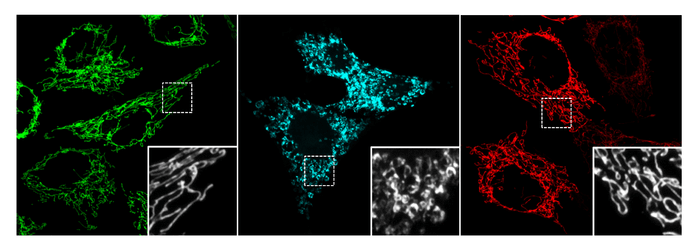Medical research has long touted the benefits of the cannabis compounds THC and CBD. However, these aren’t the only cannabinoids produced by the plant. You’ll also find minor cannabinoids, like cannabinol (CBN), among others. A new study highlights the benefits of this minor compound, expounding on the further benefits of cannabis.
The study by the Salk Institute shows how CBN can protect nerve cells from oxidative damage, a major pathway to cell death. The findings suggest CBN has the potential for treating age-related neurodegenerative diseases, like Alzheimer’s.
“We’ve found that cannabinol protects neurons from oxidative stress and cell death, two of the major contributors to Alzheimer’s,” says senior author Pamela Maher, a research professor and head of Salk’s Cellular Neurobiology Laboratory, in a statement. “This discovery could one day lead to the development of new therapeutics for treating this disease and other neurodegenerative disorders, like Parkinson’s disease.”
Maher’s team looked at the process of ferroptosis, a type of cell death, which is thought to occur in the aging brain. Growing evidence suggests that ferroptosis may be a cause of Alzheimer’s disease. Ferroptosis can be triggered by the gradual loss of an antioxidant called glutathione, causing neural cell damage and death via lipid oxidation. In the study, the scientists treated nerve cells with CBN, and then introduced an agent to stimulate ferroptosis.
They further found that the CBN worked by protecting mitochondria, the cell’s powerhouses, within the neurons. In damaged cells, ferroptosis caused the mitochondria to curl up like donuts—a change that’s also been seen in aging cells taken from the brains of people with Alzheimer’s disease. Treating cells with CBN prevented the mitochondria from curling up and kept them functioning well.

To confirm the interaction between CBN and mitochondria, researchers then replicated the experiment in nerve cells that had the mitochondria removed. In these cells, CBN no longer demonstrated its protective effect. “We were able to directly show that maintenance of mitochondrial function was specifically required for the protective effects of the compound,” Maher notes.
Researchers also showed that CBN did not produce a psychoactive response. “CBN is not a controlled substance like THC, the psychotropic compound in cannabis, and evidence has shown that CBN is safe in animals and humans. And because CBN works independently of cannabinoid receptors, CBN could also work in a wide variety of cells with ample therapeutic potential,” says first author Zhibin Liang, a postdoctoral fellow in the Maher lab.
In addition to Alzheimer’s, the findings have implications for other neurodegenerative diseases, such as Parkinson’s, which is also linked to glutathione loss. “Mitochondrial dysfunction is implicated in changes in various tissues, not just in the brain and aging, so the fact that this compound is able to maintain mitochondrial function suggests it could have more benefits beyond the context of Alzheimer’s disease,” Maher said.
Maher adds that the study shows the need for further research into CBN and other lesser-studied cannabinoids. As a next step, Maher’s team is working to see if they can reproduce their results in a preclinical mouse model.
This study was published by Salk Institute.
Article written by Rhonda Errabelli












